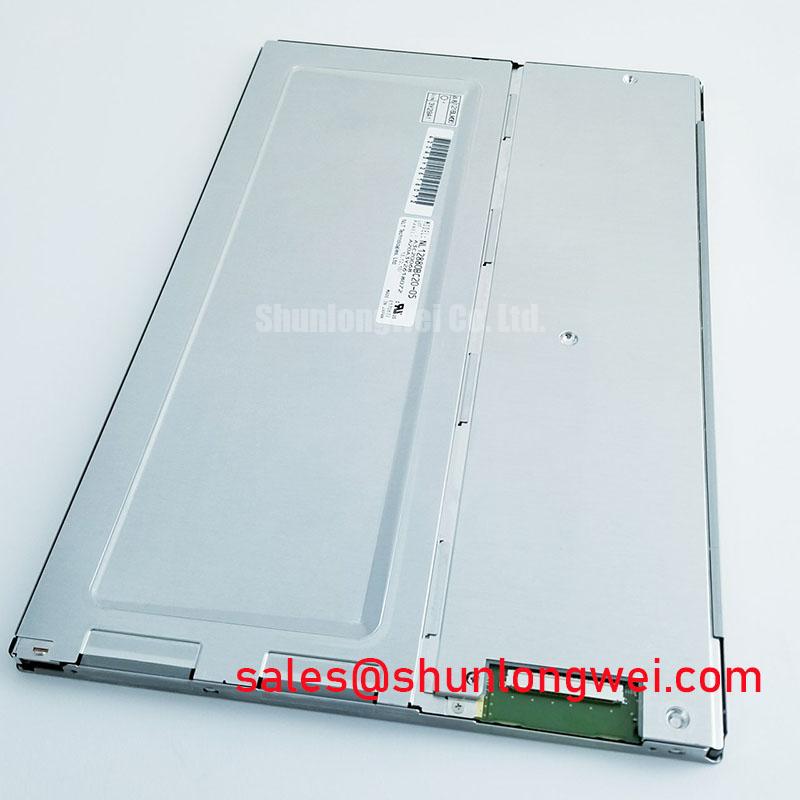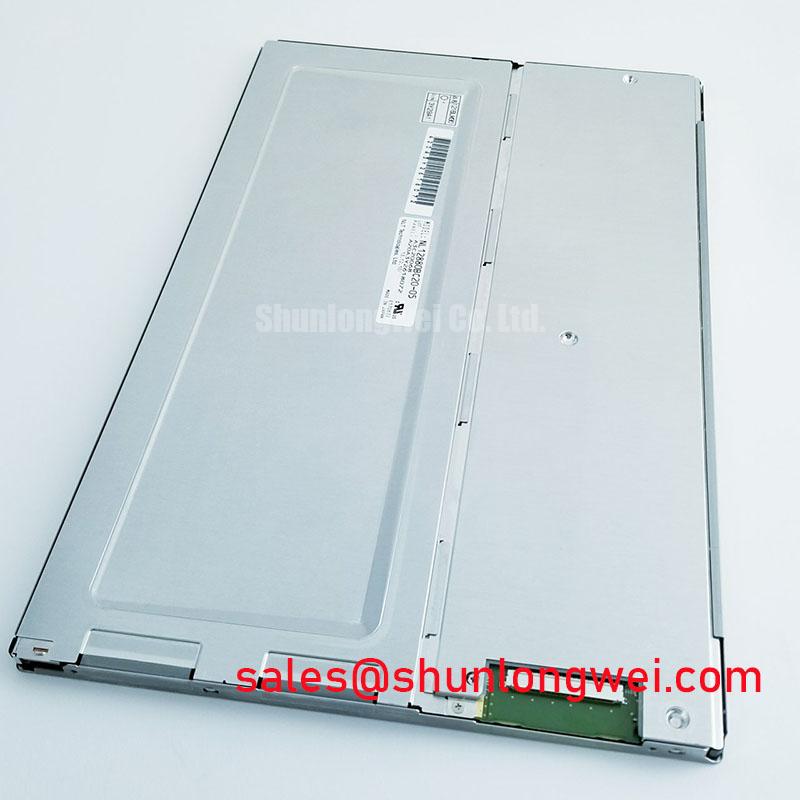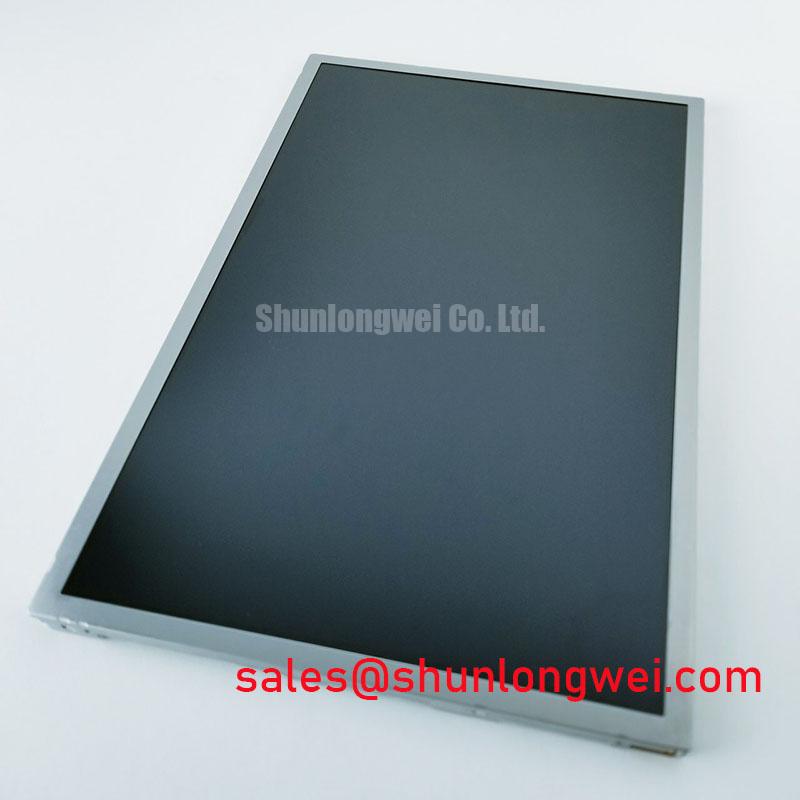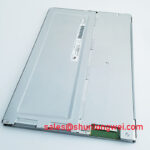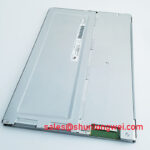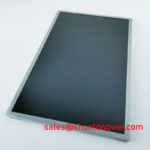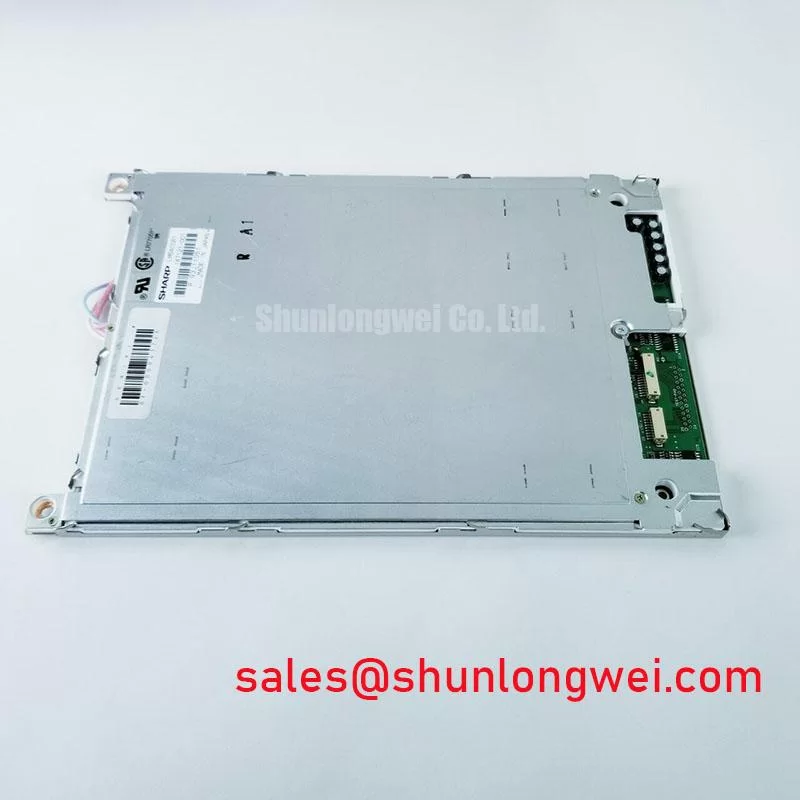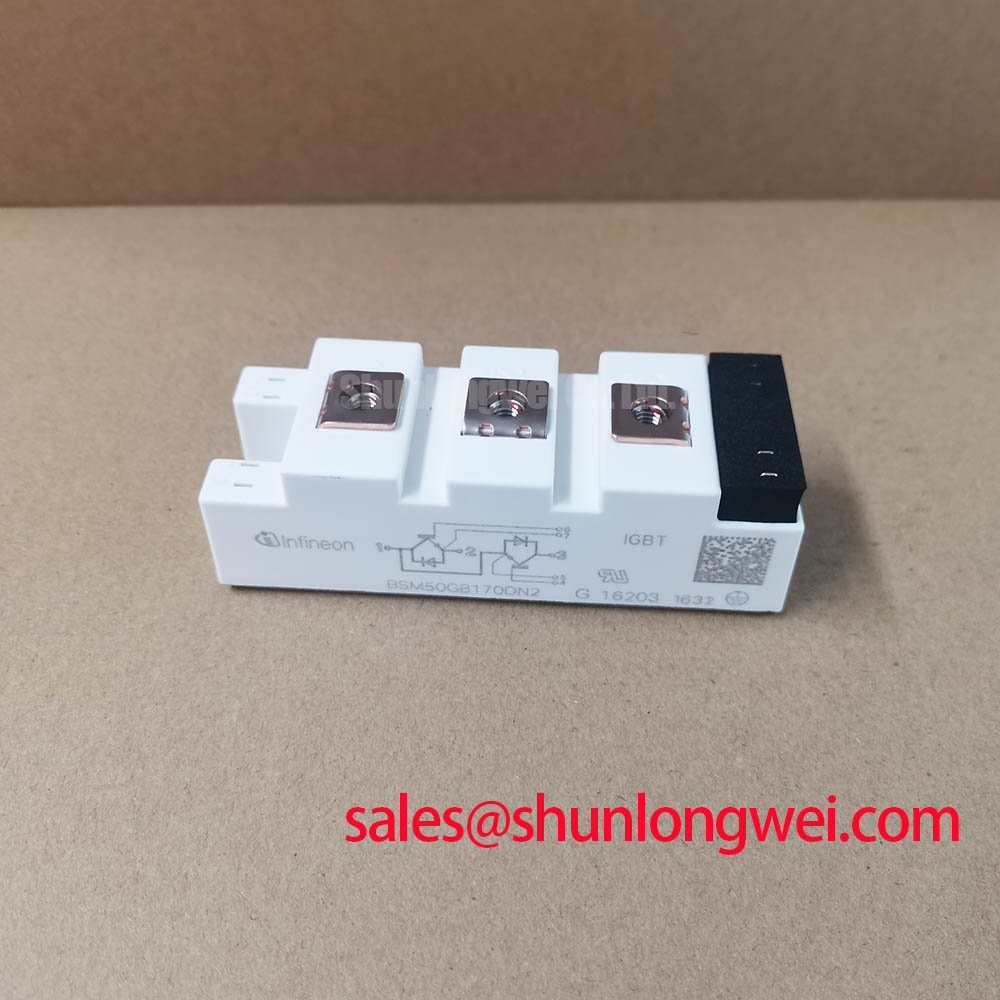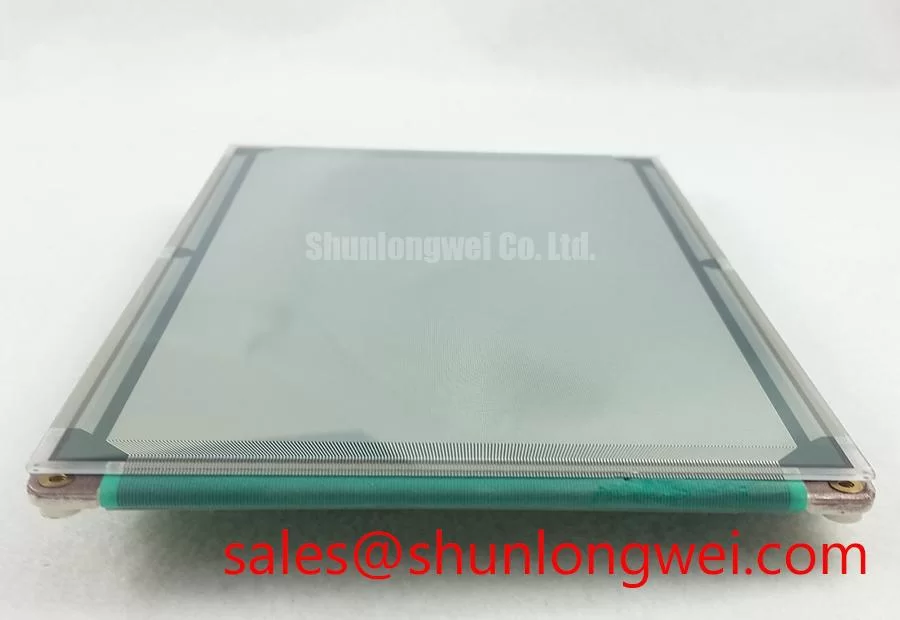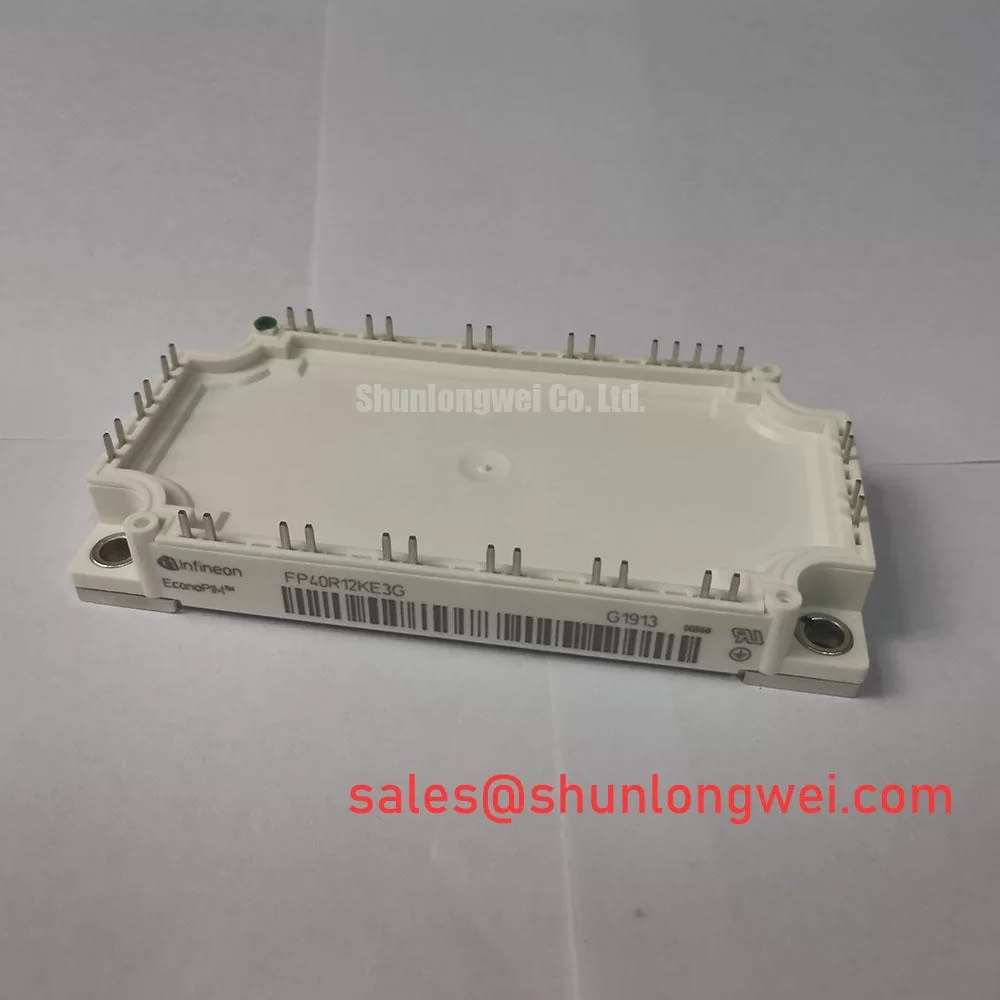## NL12880BC20-07F: Engineering High-Brilliance Visuals for Demanding Industrial Environments
Content last revised on October 16, 2025.
Delivering Uncompromised Clarity in High Ambient Light
The NLT NL12880BC20-07F is a 12.1-inch WXGA TFT-LCD module engineered for exceptional visual performance in applications where high brightness and reliability are non-negotiable. Delivering an intense 1800 cd/m² luminance and a robust operational temperature range, this display provides clear, saturated images even under direct sunlight or harsh industrial lighting. With its combination of high brightness, a durable WLED backlight system, and wide viewing angles, it directly addresses the critical need for consistent readability in outdoor kiosks, marine chart plotters, and heavy machinery interfaces. For systems requiring daylight readability, the NL12880BC20-07F's 1800-nit output provides a significant performance advantage over standard industrial displays.
Key Parameter Overview
Decoding the Specs for Outdoor and High-Ambient-Light Applications
The technical specifications of the NL12880BC20-07F are optimized for performance and longevity in challenging visual environments. The following parameters are central to its integration in demanding systems.
| Feature Category | Specification | Engineering Significance |
|---|---|---|
| Display Performance | 12.1-inch WXGA (1280x800) a-Si TFT-LCD | Provides ample resolution for detailed GUIs, maps, and diagnostic data in a versatile 16:10 aspect ratio. |
| Optical Characteristics | Luminance: 1800 cd/m² (nits) | Critical for sunlight readability; ensures the screen remains visible and clear in bright, outdoor conditions without a hood. |
| Optical Characteristics | Contrast Ratio: 800:1 | Delivers deep blacks and vibrant colors, enhancing image quality and data legibility. |
| Optical Characteristics | Viewing Angle: 80°/80°/80°/80° (L/R/U/D) | Ensures consistent image quality for multiple viewers or from off-axis operator positions, crucial in control rooms or vehicle cabs. |
| Backlight & Reliability | White LED (WLED) Backlight, 60,000-hour lifetime | Provides a long operational life, reducing total cost of ownership and maintenance requirements for systems deployed in the field. |
| Environmental Resilience | Operating Temperature: -20°C to +70°C | Guarantees reliable performance in a wide range of unconditioned indoor and outdoor environments. |
| Environmental Resilience | Vibration Resistance: 2.0 G (19.6 m/s²) | Ensures mechanical stability and durability in high-vibration applications like construction vehicles or industrial machinery. |
| Integration | LVDS Interface (1 channel, 6/8-bit) | Offers a standard, robust interface for straightforward integration with a wide variety of industrial motherboards and single-board computers. |
Download the NL12880BC20-07F datasheet for detailed specifications and performance curves.
Application Scenarios & Value
Achieving System-Level Benefits in Outdoor and Mobile HMIs
The NL12880BC20-07F is engineered specifically for human-machine interface (HMI) and information display systems that operate in challenging ambient light conditions. Its primary value lies in its ability to deliver uncompromising screen clarity, which directly impacts operator efficiency and safety.
A key engineering challenge in outdoor equipment, such as agricultural machinery or marine navigation systems, is maintaining screen legibility under the full glare of the sun. The 1800 cd/m² luminance of this display directly solves this problem. Think of this high brightness as the "signal strength" of the visual information. In an environment with high ambient "noise" (sunlight), a powerful signal is required to maintain a clear signal-to-noise ratio, ensuring the operator can read critical data without error. This capability eliminates the need for bulky and often impractical screen shrouds, simplifying the mechanical design of the final product.
The panel's robust 2.0 G vibration rating and wide -20°C to +70°C operating temperature range further extend its utility into high-stress environments. It is well-suited for vehicle-mounted computers in logistics, control panels on heavy construction equipment, and outdoor digital signage where both environmental resilience and high visibility are paramount.
For applications where a different balance of brightness and features is needed, related models such as the NL10276BC24-21F or the NL8060BC31-28E may offer alternative solutions within a broader system portfolio.
Technical Deep Dive
The Engineering Behind the 60,000-Hour WLED Backlight System
A display's long-term reliability is often dictated by its backlight system, and the NL12880BC20-07F integrates a White LED (WLED) backlight engineered for a 60,000-hour operational lifetime. This specification is not merely a number; it represents a significant reduction in the total cost of ownership for the end equipment. In an industrial context, 60,000 hours equates to nearly seven years of continuous 24/7 operation.
This longevity is achieved through careful thermal management and high-quality LED components. The brightness of an LED is inversely related to its junction temperature. Efficiently dissipating heat is crucial to maintaining both the 1800-nit output and the long-term stability of the backlight. This is analogous to an engine's cooling system; running it within its optimal temperature range prevents premature wear and ensures consistent performance. By designing a thermally efficient backlight unit, the NL12880BC20-07F can sustain its high brightness over its entire lifespan without significant degradation, a critical factor for equipment intended for long service cycles in the field.
Frequently Asked Questions (FAQ)
What is the primary benefit of the 1800 cd/m² brightness level?
Its primary benefit is outstanding sunlight readability. This high luminance ensures that the display remains clear and legible even in direct, bright outdoor light, which is essential for applications like marine electronics, outdoor kiosks, and vehicle-mounted displays.
How does the 80/80/80/80 viewing angle impact usability in a real-world scenario?
This wide, symmetrical viewing angle ensures that colors and contrast remain consistent even when the display is viewed from significant off-axis positions. For a control panel on a large machine, this means multiple operators can view the information accurately from different standing or sitting positions without having to be directly in front of the screen.
Is the LVDS interface on the NL12880BC20-07F suitable for high-vibration environments?
Yes, the LVDS Interface is a well-established and robust digital interface commonly used in industrial applications. When paired with appropriate locking connectors, it provides a reliable, high-bandwidth connection that can withstand the 2.0 G vibration levels this panel is rated for, ensuring stable data transmission in mobile and industrial settings.
System Integration & Design Simplification
Streamlining Development with a Standardized Interface
The integration of the NLT NL12880BC20-07F into a system is facilitated by its industry-standard LVDS (Low-Voltage Differential Signaling) interface. This widely adopted standard simplifies the design process for engineers, as it is supported by a vast ecosystem of controller boards, single-board computers, and embedded systems from manufacturers like AUO. The single-channel configuration reduces cable complexity and connector pin count, which can be a valuable advantage in space-constrained enclosures. By providing a plug-and-play interface, the NL12880BC20-07F allows development teams to focus their resources on software and application-specific features rather than on designing custom display driver electronics, accelerating time-to-market.

